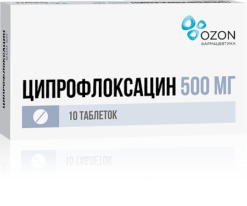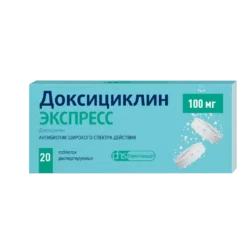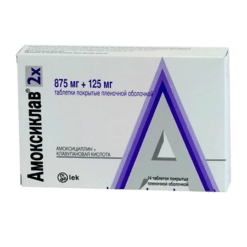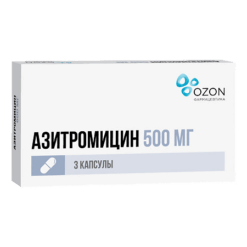-
×


-
×


-
×


-
×


Subtotal: €34.61








Subtotal: €34.61








Subtotal: €34.61
€1.00
Out of stock
(E-mail when Stock is available)
Pharmacodynamics
An antimicrobial agent, nitrofuran derivative. Effective against Gram-positive cocci (Staphylococcus spp., Streptococcus spp.), Gram-negative bacilli (Escherichia coli, Salmonella spp., Shigella spp., Klebsiella spp.). Pseudomonas aeruginosa, Enterococcus spp., Acinetobacter spp., most strains of Proteus spp., Serratia spp. are resistant. Furazidine is reduced by bacterial flavoproteins to active compounds that inactivate or damage proteins of bacterial ribosomes and other macromolecules.
As a result, aerobic respiration and processes of protein, cell wall, DNA and RNA synthesis are disrupted. Multiple mechanism of action explains weak acquired resistance of microorganisms to nitrofurans. Depending on the concentration, it has a bactericidal or bacteriostatic effect. Against most of the bacteria the bacteriostatic concentration is from 10 to 20 µg/ml.
The bactericidal concentration is about 2 times higher. As a result of the action of nitrofurans, microorganisms release fewer toxins, due to which improvement of the general state of the patient is possible even before pronounced suppression of microflora growth.
Pharmacokinetics
Absorption – in the small intestine, by passive diffusion. Absorption of nitrofurans from the distal segment of the small intestine exceeds absorption from the proximal and medial segments by 2 and 4 times respectively (should be considered in the treatment of diseases of the urinary tract in combination with diseases of the gastrointestinal tract, including chronic enteritis).
It is poorly absorbed in the colon. It is distributed evenly. In high concentrations it is found in lymph; in bile its concentration is several times higher than in serum, in cerebrospinal fluid – several times lower than in serum; in saliva it contains up to 30% of the concentration in serum; in blood and tissues its concentration is low, which is due to its rapid excretion, while its concentration in urine is much higher than in blood.
The maximum concentration (Cmax) in blood serum lasts from 3 to 7-8 hours, in the urine it is detected after 3-4 hours. It does not change pH of urine in contrast to nitrofurantoin. It is metabolized in liver (less than 10%), intensity of metabolism increases when renal excretory function decreases.
Extracted by the kidneys by glomerular filtration and tubular secretion (85%), partially reabsorbed in the tubules. At low concentrations in the urine the filtration and secretion process prevails, at high concentrations the secretion decreases and the reabsorption increases. Being a weak acid it does not dissociate at acidic pH values of urine, it undergoes intense reabsorption, which may increase the systemic side effects.
A lot of drinking is prescribed to prevent the development of side effects. B-group vitamins should be prescribed to prevent the development of neuritis.
Long-term use requires monitoring of peripheral blood count, kidney and liver function, lung function.
Possible false-positive results in determining glucose in urine by enzymatic methods.
Taking into account the possible side effects of the drug on the nervous system during its use it is necessary to be careful when performing potentially dangerous activities requiring increased concentration and quick psychomotor reactions.
Impact on the ability to operate vehicles, machinery.
In view of the side effects of the drug, you should refrain from performing the above activities.
Furazidine is not recommended for urosepsis and renal parenchyma infections.
| Manufacturer | Obolenskoe FP JSC, Russia |
|---|---|
| Medication form | pills |
| Brand | Obolenskoe FP JSC |
Buy Furagin, tablets 50 mg 10 pcs with delivery to USA, UK, Europe and over 120 other countries.